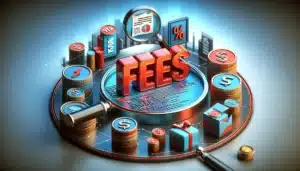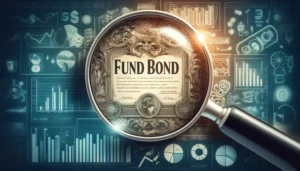The US Consumer Recovery Fund offers investment opportunities to those interested in the alternative asset class of consumer loans.
When it comes to key asset types, consumer credit is more diversified than traditional fixed income. Individual customers, as opposed to businesses or governmental sources, account for the majority of its fundamental credit exposure.
If you are looking to invest as an expat or high-net-worth individual, which is what I specialize in, you can email me (advice@adamfayed.com) or WhatsApp (+44-7393-450-837).
Some facts might change from the time of writing, and nothing written here is financial, legal, tax, or any other kind of individual advice, or a solicitation to invest.
For updated guidance, please contact me.
When compared to equity or conventional investments, consumer loan yields are typically more stable and resilient during market volatility. Do note, though, that consumer loans include providing money to people for private use. These loans can yield attractive returns on investment, but there are considerable risks too. So, getting financial advice is wise.
We’ll define consumer loan and recovery fund for the sake of those who wish to understand more about these terms before we proceed to the particulars of the US Consumer Recovery Fund.
US Consumer Recovery Fund II
What is a recovery fund?
In order to provide financial support and help to people, businesses, or communities dealing with the fallout from a crisis, calamity, or economic slump, recovery funds are established.
What is the recovery fund used for?
Particular to the US Consumer Recovery Fund, it acts as a conduit for eligible investors to access opportunities for investment rather than providing recovery services to customers directly.

US Consumer Recovery Fund Features
The US Consumer Recovery Fund II or USCRF is an investment opportunity launched on January 8, 2024 for accredited investors. It aims to raise at least $100 million in capital and offers a target yield of 10% per year.
This British Virgin Islands-based open-ended evergreen fund was founded to invest only in discounted consumer loans issued in the US.
Investors can invest in the Fund weekly, with a lock-up period of one year from its rollout. However, should investors decide to liquidate part or all of their investments, they can do so on a weekly basis after giving a 7-day notice.
Originally, USCRF funded the acquisition of consumer debt privately prior to setting up special purpose vehicle in Luxembourg.
It rolled out a series of bonds in five segments or tranches. Two 18-month tranches of such bonds which provided exposure to consumer loans asset class have been redeemed. The series also contains 2-year and 5-year tranches set to mature in 2024 and 2025, respectively.
Ratings agency Credit Spectrum gave the bonds an A2 rating.
The Fund is operated by Fundviews Capital LLC.
In aggregate, consumer debt worth more than $5.5 billion has been either issued or acquired by USCRF partners.
What’s the investment minimum for US Consumer Recovery Fund?
For the Class A and Class E bonds of the US Consumer Recovery Fund, the minimum investment is $100,000; for the Class B bonds, it is $1 million.
What does US Consumer Recovery Fund invest in?
The Fund primarily purchases consumer, vehicle, credit card, and overdraft loans, typically with sums under $1,000 per borrower.
The selection of debt portfolios is influenced by various elements, including cost, volume, legal implications, and the abilities of recovery partners. The manager occasionally works with businesses to buy or sell consumer debt at advantageous rates.
What are the US Consumer Recovery Fund fees?

Management fees for Class A/E amount to 2% of the Net Asset Value annually, while Class B incurs a fee of 1.50% of NAV per annum.
As for performance fees, investors get 80% of the fund’s gains until it hits a certain level, or “hurdle” of 10%. Once it passes that hurdle, they get 50% of any extra gains. The maximum gain the fund aims for each year is 10%.
Let’s now discuss some of the potential benefits and risks of the US Consumer Recovery Fund, including the advantages and disadvantages of consumer credit.
What are the pros and cons of US Consumer Recovery Fund?
US Consumer Recovery Fund Benefits
- Individual investors may find it difficult to directly enter the consumer credit industry, but the US Consumer Recovery Fund provides them with access to it.
- Diversification across different categories of consumer debt portfolios and US regions will mitigate investment risk and volatility.
- As opposed to investing in individual loans, investment in a fund allows for a greater mix of consumer loans.
US Consumer Recovery Fund Disadvantages
- The investment opportunity is limited to accredited investors, and the minimum requirement to invest is high.
- Investors must contend with the risks posed by the underlying consumer loans as well as the fund management firm’s operational risks.
- Borrower defaults are another ongoing risk that could have an effect on the performance and profits of the fund.
Pained by financial indecision?

Adam is an internationally recognised author on financial matters with over 830million answer views on Quora, a widely sold book on Amazon, and a contributor on Forbes.



